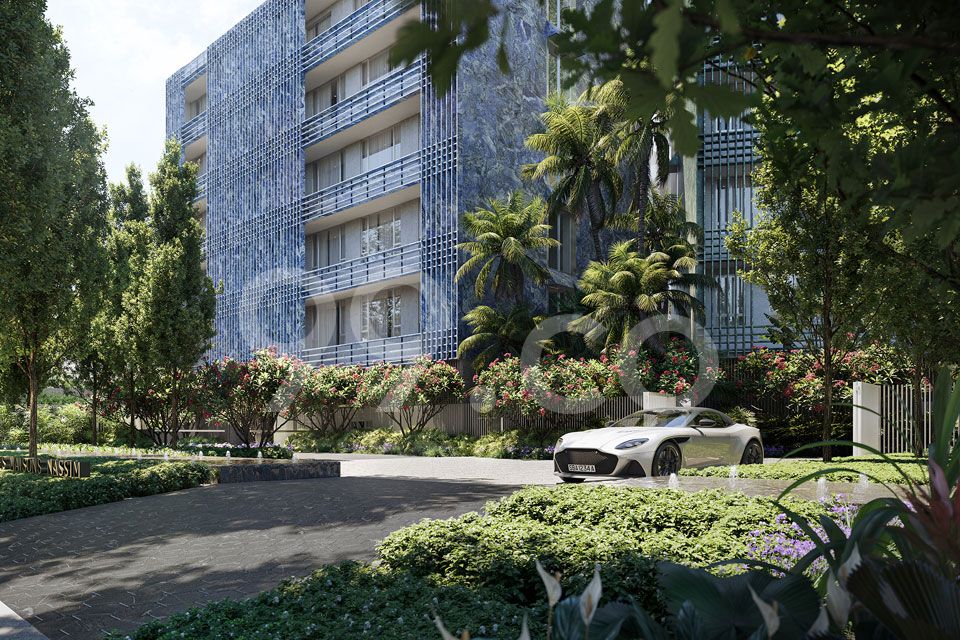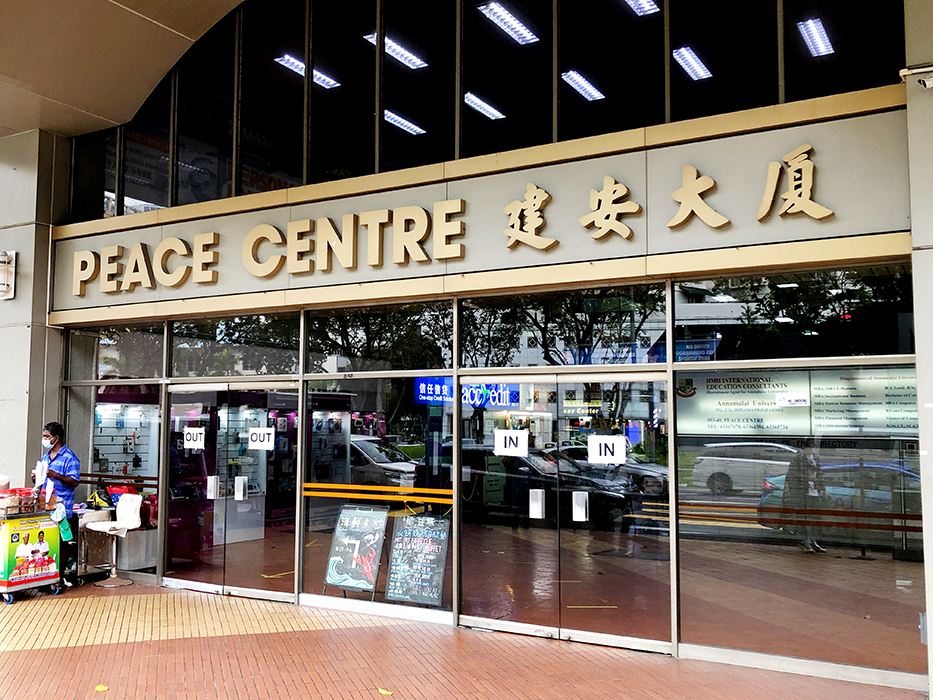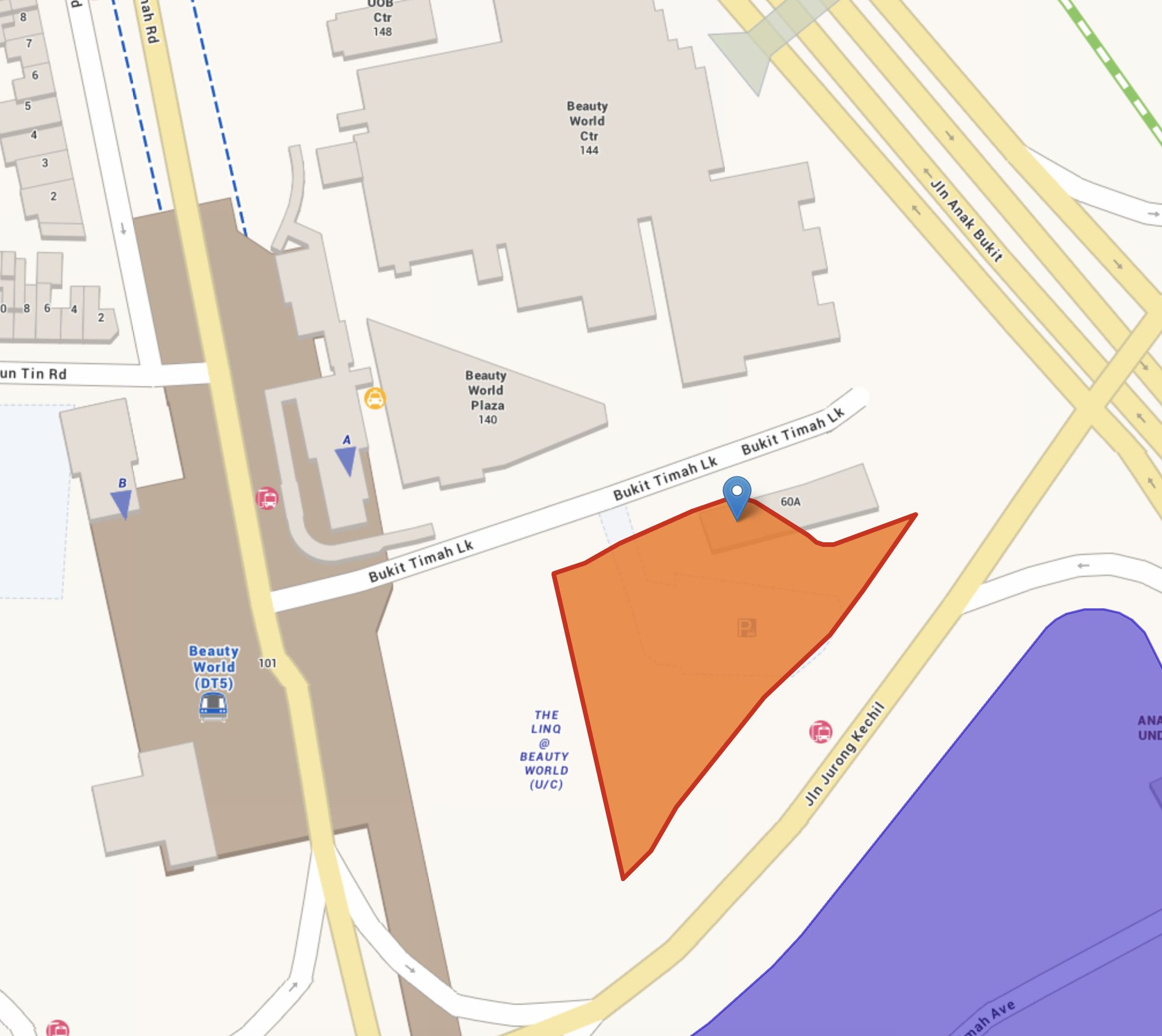Just two weeks after Hong Kong-listed conglomerate Shun Tak Holdings won the S$556.7 million tender for High Point on Dec 9, it pulled out of the purchase without explanation. By doing so, they forfeited their S$1 million tender deposit.
Shun Tak would not have been affected by the change in Additional Buyer’s Stamp Duty (ABSD) as the deal was struck before the cooling measures kicked in on Dec 15.
With the new cooling measures, ABSD is now levied at 35% for developers, an increase of 10% from before.
| Types of Buyers | Rates from 6 July 2018 to 15 December 2021 | Rates on or after 16 December 2021 | |
| Singapore Citizens | First residential property | 0% | 0% |
| Second residential property | 12% | 17% (+5%) | |
| Third and subsequent residential property | 15% | 25% (+10%) | |
| Permanent Residents | First residential property | 5% | 5% (unchanged) |
| Second residential property | 15% | 25% (+10%) | |
| Third and subsequent residential property | 20% | 30% (+10%) | |
| Foreigners | Any residential property | 20% | 30% (+10%) |
| Entities | Any residential property | 25% | 35% (Plus additional 5% for housing developers (non-remittable)) (+15%) |
Redevelopment plans falling through
Located in the highly-coveted prime real estate of District 9, High Point would have been Shun Tak’s fifth property acquisition in Singapore in five years.
According to exclusive marketing agent Savills, the property had the potential to be redeveloped by 2027 into an ultra-luxurious 36-storey skyscraper consisting of 98 units of about 2,150 square meters each, with a maximum gross floor area (GFA) of up to 226,815 square feet.
Shun Tak currently holds a handful of luxury projects spanning hotel, residential and commercial developments in the downtown area. This includes the ultra-premium 14-unit Les Maisons Nassim in District 10, which saw a 12,077 square feet super penthouse sold for a record price of S$75 million, or S$6,210 per square foot.

Why did the deal fall through?
Lower interest from buyers
Some reasons point to potentially lower interest from local and foreign buyers due to the increase in ABSD. Most purchasing luxury condos would be second or third time buyers, who stand to face punitive ABSD charges of up to 30%. With the pandemic shuttering borders, foreign buyers fell to a 17-year low in 2020. This, combined with the ABSD hike, poses a double whammy for luxury developers gunning for ultra-wealthy foreign buyers.
Amongst the slew of cooling measures is the tightening of the Total Debt Servicing Ratio (TDSR) from 60% to 55%. TDSR takes into account monthly debt obligations such as car loans, student loans, personal loans and credit card balances.
Buyers who were keen to pull the trigger on a property purchase before the cooling measures kicked in may be forced to recalculate their budgets to factor in the new change. Current homeowners with an outstanding home loan may think twice about purchasing a second property as doing so might bust through the 55% debt ratio limit.
Higher risk for developers
With the ABSD hike, developers face a stiffer penalty if they fail to complete the building and sell all units of the development within the stipulated time frame of 5 years. This time limit is fixed regardless of the size of the development, whether it is a relatively small project of 98 units or a mega-project consisting of over 1,000 units.
As such, developers may be looking to exercise more caution when bidding for new projects to manage their risks.
Curb your en bloc enthusiasm
With the increased risk for developers, en bloc hopefuls will need to lower their pricing expectations if they want the deal to go through. This is especially important for unit owners living on larger residential land sites.
Collective sale acquisitions may see a decrease after a promising year in 2021, with developments such as Peace Centre and Peace Mansion being put up for sale. It was just picking up steam, too, with ten collective sale sites worth sold at a total of S$2.65 billion, compared with deals totalling just S$127.3 million in 2020.

The cyclical nature of en bloc deals also means that developers will need to refresh their land banks after redeveloping and selling their current projects, so there will still be en bloc deals being pursued, albeit at a less aggressive stance while developers wait and see how the cooling measures play out in the market.
Turning to GLS sites
Developers may choose to play it safer, being more selective with their land acquisitions and working with smaller and mid-sized projects of 600 units or less to ensure full completion before the deadline.
They may also prefer to purchase sites under the Government Land Sales (GLS) programme, which is more straightforward than undergoing a lengthy process with collective sales.
A site that will likely be a prime pick on the H1 2022 GLS programme is the Bukit Timah Link site, with a yield of around 140 units. Its small size makes it less risky for developers to take on, and the upcoming developments to the Beauty World area will further boost the property’s value.

Sites such as Dunman Road and Kampong Bugis might see fewer bids due to their massive size of over 1,000 residential units.
What do you think will happen to the en bloc market in 2022? Let us know in the comments section below or on our Facebook post.
If you found this article helpful, check out How en bloc sales work and En bloc sales – Your burning questions answered.
Looking for a property? Find the home of your dreams today on Singapore’s fastest-growing property portal 99.co! If you would like to estimate the potential value of your property, check out 99.co’s Property Value Tool for free. Also, don’t forget to join our Facebook community page! Meanwhile, if you have an interesting property-related story to share with us, drop us a message here — and we’ll review it and get back to you.
The post With Shun Tak walking away from High Point, what does it mean for en bloc deals? appeared first on 99.co.

